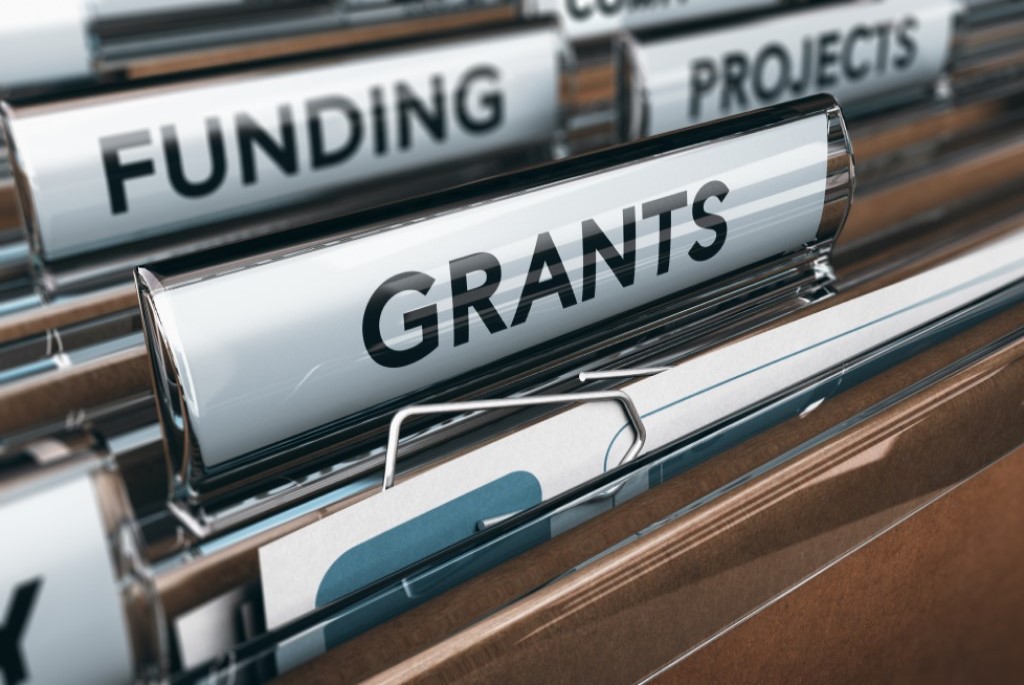Effective May 21, 2023, P&N has joined EisnerAmper. Read the full announcement here.
.jpg)
In August 2016, prolonged rainfall in South Louisiana resulted in catastrophic flooding that resulted in the damage and destruction of properties across the area. As the area continues to recover, governments or agencies will need to consider the potential impairment of capital assets.
Government Accounting Standards Board Statement No. 42 – Accounting and Financial Reporting for Impairment of Capital Assets and for Insurance Recoveries (“GASB 42”) establishes accounting and financial reporting standards for impairment of capital assets. When prominent events, such as this, or changes in circumstances, governments or agencies are required to evaluate and to determine whether an impairment of a capital asset has occurred.
Definition of Impairment
GASB 42 defines asset impairment as a significant, unexpected decline in the service utility of a capital asset, and the events or changes in circumstances that lead to impairments are not considered normal and ordinary.
The events or changes in circumstances affecting a capital asset that may indicate impairment are prominent, that is, conspicuous or known to the government. Physical damage caused by natural disaster such as this is considered as the event or change in circumstances as described.
Assessment of Impairment
According to GASB 42, the determination of whether a capital asset has been impaired is a two-step process:
- Identifying Potential Impairment
As defined by GASB 42, the five most common indicators of potential impairment are:
- Evidence of physical damage to the capital asset that requires repair efforts to restore the asset’s service utility.
- Enactment or approval of laws or regulations, or other changes in environmental factors, that limit the use of the capital asset because the asset does not meet and cannot be modified to meet the requirements of the new laws or regulations.
- Capital asset is being used much less frequently due to new technological development or evidence of obsolescence.
- A change in the way an asset is used or in the length of time it is expected to be used.
- A permanent construction stoppage prior to the completion of an asset.
- Impairment Test
Once a capital asset has been identified as being potentially permanently impaired, the government/agency needs to apply the following two impairment tests, both of which must be met for assets to be considered impaired:
- The magnitude of the decline in service utility is significant - meaning the expenses associated with continued operation or the costs associated with restoration are significant in relation to the current service utility.
- The decline in service utility is unexpected - meaning the restoration cost or other impairment circumstance is not a part of the normal life cycle of the asset.
What Happens Next?
If the above impairment tests are met, the capital asset is considered to be impaired. According to GASB 42, there are three ways to measure impairment for capital assets that will continue to be used:
- Restoration cost approach
- Service units approach
- Deflated depreciated replacement cost approach
GASB 42 also states that impairments resulting from physical damage generally should be measured using the restoration cost approach. Under this approach, the amount of impairment is derived from the estimated costs to restore the utility of the capital asset to its original condition, exclusive of any amount attributable to improvements and additions. The estimated restoration cost can be converted to historical cost either by restating the estimated restoration cost using an appropriate cost index or by applying a damage ratio of estimated restoration cost over estimated replacement cost to the carrying value of the capital asset to determine the relative portion of the capital asset that should be written off.
Unless the impairment is considered temporary as described in paragraph .193, the loss 33 from impairment should be reported in the statement of activities and statement of revenues, expenses, and changes in fund net position, if appropriate, as a program or operating expense, special item, or extraordinary item in accordance with the guidance in paragraphs .129-.134, 143-.150, 191, and 192 of Section 2200.
Impaired capital assets that will no longer be used by the government should be reported at the lower of carrying value or fair value. Also, the asset should not be written down if there is evidence that the impairment will be temporary.
Insurance Recoveries
In governmental fund financial statements, restoration or replacement of an impaired capital asset should be reported as a separate transaction from the associated insurance recovery, which is reported as other financing source or extraordinary item, as appropriate. In governmental and business-type activities in government-wide financial statements and in proprietary fund financial statements, restoration or replacement of an impaired capital asset should be reported as a separate transaction from the impairment loss and associated insurance recovery. The impairment loss should be reported net of the associated insurance recovery when the recovery and loss occur in the same year. Insurance recoveries reported in subsequent years should be reported as a program revenue, nonoperating revenue, or extraordinary item, as appropriate. Insurance recoveries should be recognized only when realized or realizable. For example, if an insurer has admitted or acknowledged coverage, an insurance recovery would be realizable. If the insurer has denied coverage, the insurance recovery generally would not be realizable.
Final Thoughts
The great flood of 2016 presented many physical and life challenges to our communities. We hope that you find these tips to be helpful in overcoming the accounting challenges that also present themselves with this disaster.



